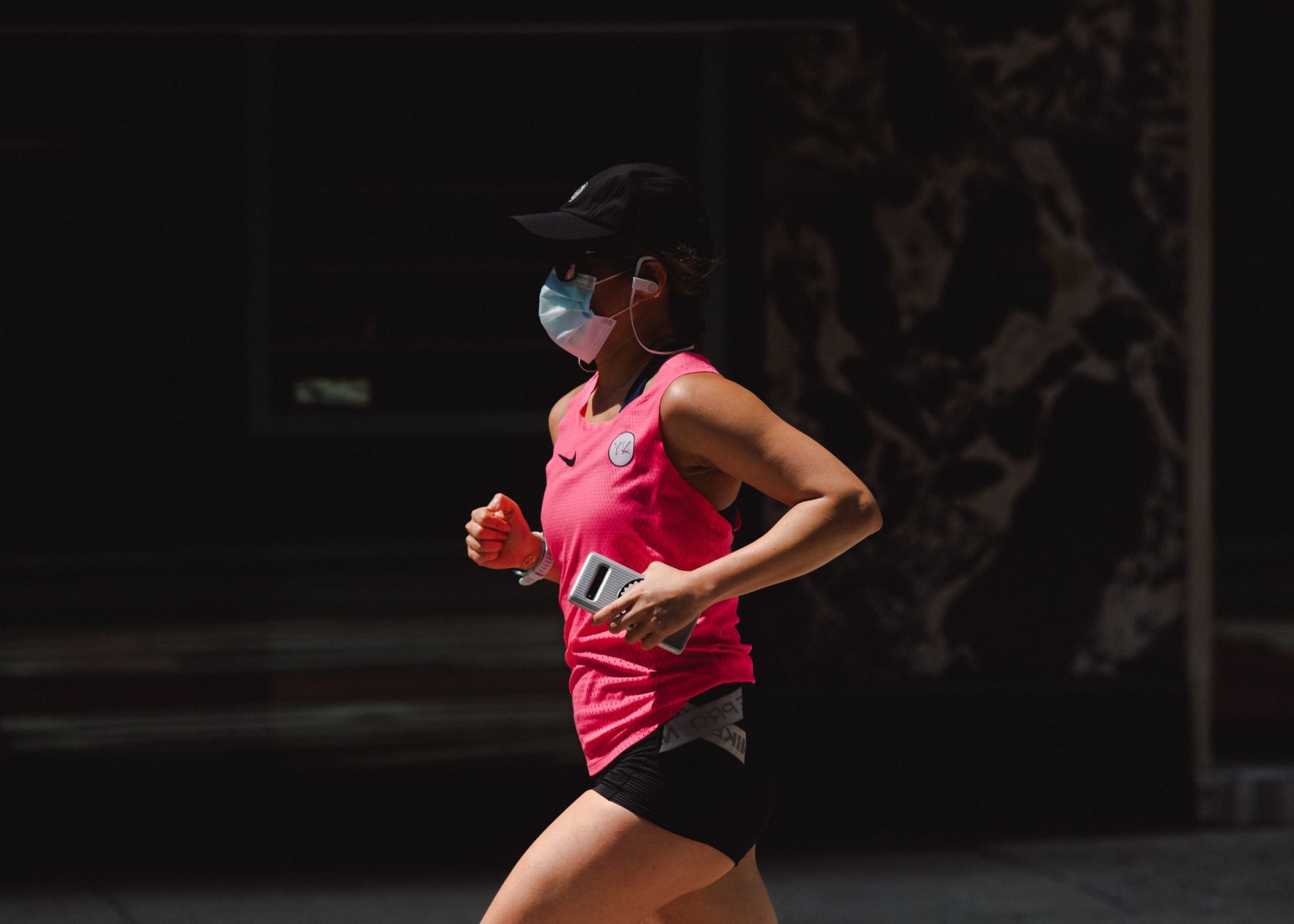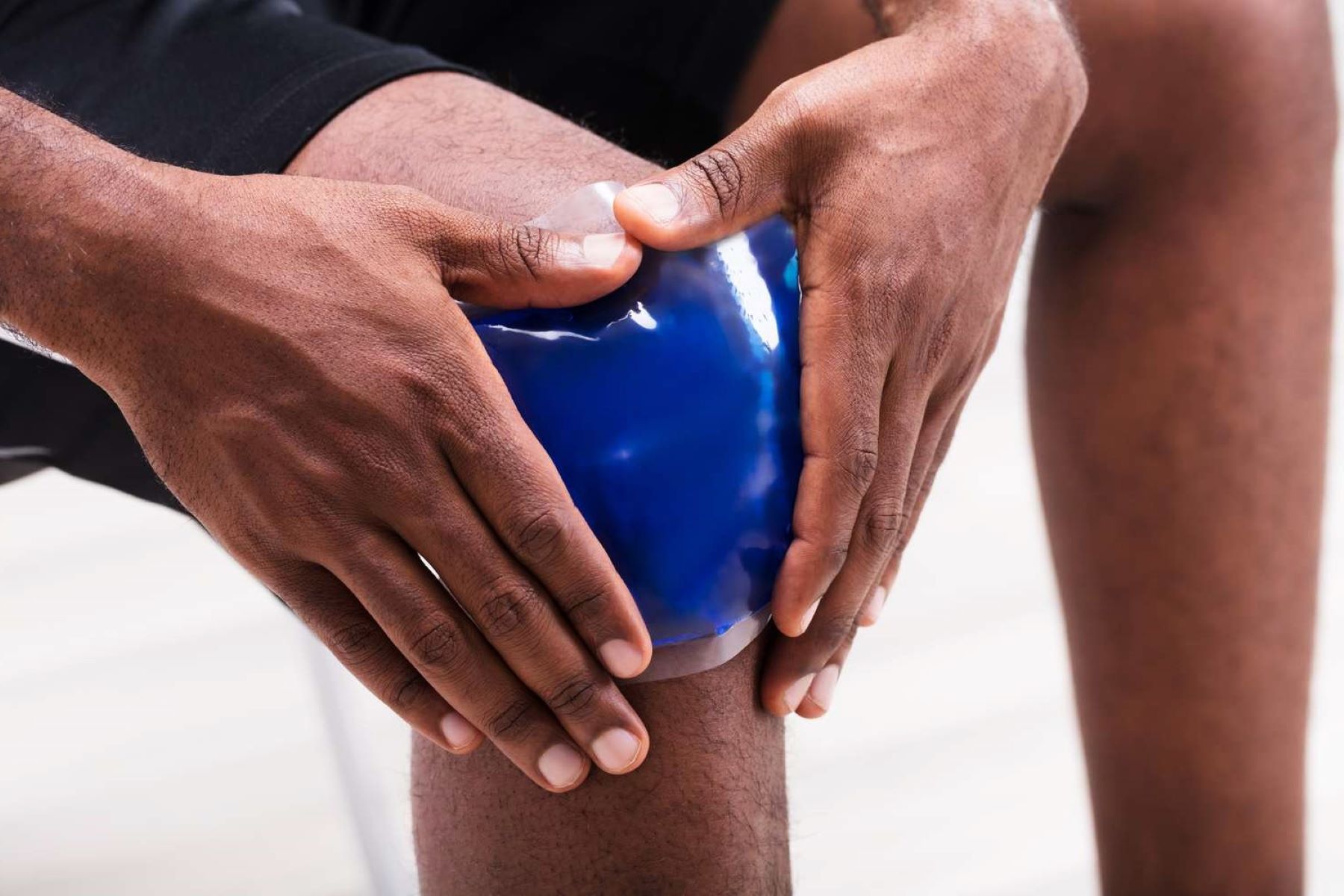Home>Health & Nutrition>Should You Go For A Run When You Have A Cold?


Health & Nutrition
Should You Go For A Run When You Have A Cold?
Published: February 25, 2024
Discover whether it's safe to go for a run when you're feeling under the weather. Learn about the impact of exercise on your health and nutrition during a cold.
(Many of the links in this article redirect to a specific reviewed product. Your purchase of these products through affiliate links helps to generate commission for Therunningadvisor.com, at no extra cost. Learn more)
Table of Contents
The impact of running on a cold
When you're feeling under the weather with a cold, the decision to lace up your running shoes can be a tough one. While physical activity is generally beneficial for overall health, the impact of running on a cold is a topic of debate among health and fitness enthusiasts. Understanding how running affects the body when you're battling a cold can help you make an informed decision.
Engaging in a run while experiencing cold symptoms can have varying effects on the body. On one hand, exercise can potentially boost your immune system, helping your body fight off the cold virus. It can also improve blood circulation and promote the release of endorphins, which may alleviate some of the discomfort associated with a cold. Additionally, the increase in body temperature during exercise might create an inhospitable environment for certain viruses, potentially aiding in the recovery process.
However, it's important to consider the potential downsides of running with a cold. Intense physical activity, such as running, can place additional stress on the body, potentially compromising the immune system's ability to combat the virus. Furthermore, the respiratory system may already be strained due to congestion and inflammation, and engaging in vigorous exercise could exacerbate these symptoms. Additionally, the risk of dehydration is heightened during exercise, which can further compromise the body's ability to recover from the cold.
Ultimately, the impact of running on a cold can vary from person to person, depending on the severity of symptoms and individual health status. It's essential to listen to your body and prioritize rest and recovery when necessary. If you do decide to go for a run while battling a cold, it's crucial to pay close attention to how your body responds during and after the exercise. If you experience increased fatigue, worsening symptoms, or prolonged recovery time, it may be a sign that running is not conducive to your healing process.
In summary, the impact of running on a cold is a complex interplay of potential benefits and risks. While exercise can have immune-boosting and mood-lifting effects, it's crucial to approach running with caution when under the weather. Prioritizing rest and allowing your body the time it needs to recover is often the best course of action when dealing with a cold.
Factors to consider before going for a run with a cold
Before hitting the pavement for a run while battling a cold, several crucial factors warrant careful consideration. These elements can significantly impact the outcome of your decision and play a pivotal role in safeguarding your well-being.
Severity of Symptoms
Assessing the severity of your cold symptoms is paramount when contemplating a run. If you are experiencing mild congestion, a slight sore throat, or minimal fatigue, engaging in light exercise may not pose significant risks. However, if your symptoms include high fever, intense fatigue, severe chest congestion, or body aches, it is advisable to prioritize rest and recovery over physical exertion.
Energy Levels
Monitoring your energy levels is essential before embarking on a run with a cold. While exercise can potentially boost energy and mood, it is crucial to gauge whether your body possesses the necessary stamina to endure physical activity. If you find yourself struggling with profound fatigue or lethargy, it may be a sign that your body requires additional rest to combat the cold effectively.
Respiratory Function
Considering the state of your respiratory system is vital when contemplating a run with a cold. Congestion, coughing, and chest tightness can significantly impede breathing during exercise, potentially leading to discomfort and exacerbation of symptoms. It is important to evaluate whether engaging in physical activity will place undue strain on your respiratory system, potentially hindering the recovery process.
Hydration Status
Assessing your hydration status is crucial before deciding to go for a run with a cold. Dehydration can exacerbate the effects of a cold and compromise the body's ability to heal. If you are experiencing increased fluid loss due to fever or respiratory secretions, it is essential to prioritize hydration before engaging in physical activity.
Overall Well-being
Considering your overall well-being is fundamental when contemplating a run with a cold. It is essential to listen to your body and acknowledge any signs of distress or discomfort. If you are experiencing heightened malaise, prolonged recovery from exertion, or worsening of symptoms during or after exercise, it may be an indication that running is not conducive to your healing process.
In essence, carefully evaluating the severity of symptoms, energy levels, respiratory function, hydration status, and overall well-being is crucial before deciding to go for a run with a cold. By prioritizing these factors and listening to your body's cues, you can make an informed decision that supports your health and facilitates a smooth recovery from the cold.
Alternatives to running when you have a cold
When the symptoms of a cold set in, and the thought of lacing up your running shoes seems daunting, it's essential to explore alternative forms of physical activity that can support your well-being without exacerbating your condition. Here are several alternatives to running that can help you stay active and promote recovery when you're battling a cold:
1. Gentle Walking
Engaging in a leisurely walk can provide the benefits of physical activity while being gentle on the body. Walking can help improve blood circulation, alleviate stiffness, and promote a sense of well-being without placing excessive strain on the respiratory system. It also offers an opportunity to enjoy the outdoors and receive a mood-boosting dose of fresh air.
2. Yoga or Stretching
Participating in a gentle yoga session or incorporating stretching exercises into your routine can support flexibility, reduce muscle tension, and promote relaxation. These low-impact activities can help alleviate discomfort associated with a cold while fostering a sense of calm and tranquility.
3. Low-Intensity Aerobic Exercises
Opting for low-intensity aerobic exercises, such as cycling on a stationary bike or using an elliptical machine, can provide a cardiovascular workout without the impact of running. These activities can help elevate heart rate, improve endurance, and enhance mood while minimizing stress on the joints and respiratory system.
4. Bodyweight Workouts
Engaging in bodyweight exercises, such as squats, lunges, and modified push-ups, can offer a comprehensive workout without the need for extensive equipment. These exercises can help maintain muscle strength and tone while allowing for customization based on individual energy levels and comfort.
5. Swimming
For individuals with access to a pool, swimming can be a beneficial alternative to running during a cold. The buoyancy of water reduces impact on the joints while providing a full-body workout. The humid environment of indoor pools can also help alleviate nasal congestion and enhance breathing comfort.
Read more: Why You Should Give Track Running A Shot
6. Restorative Practices
Incorporating restorative practices, such as meditation, deep breathing exercises, or gentle tai chi, can support relaxation and stress reduction while promoting a sense of inner balance. These practices can be particularly beneficial during a cold, as they encourage mindfulness and self-care.
By exploring these alternatives to running, individuals can maintain an active lifestyle while respecting the body's need for rest and recovery during a cold. It's important to listen to the body's cues and choose activities that align with individual comfort levels and energy reserves, ultimately supporting the healing process and overall well-being.













